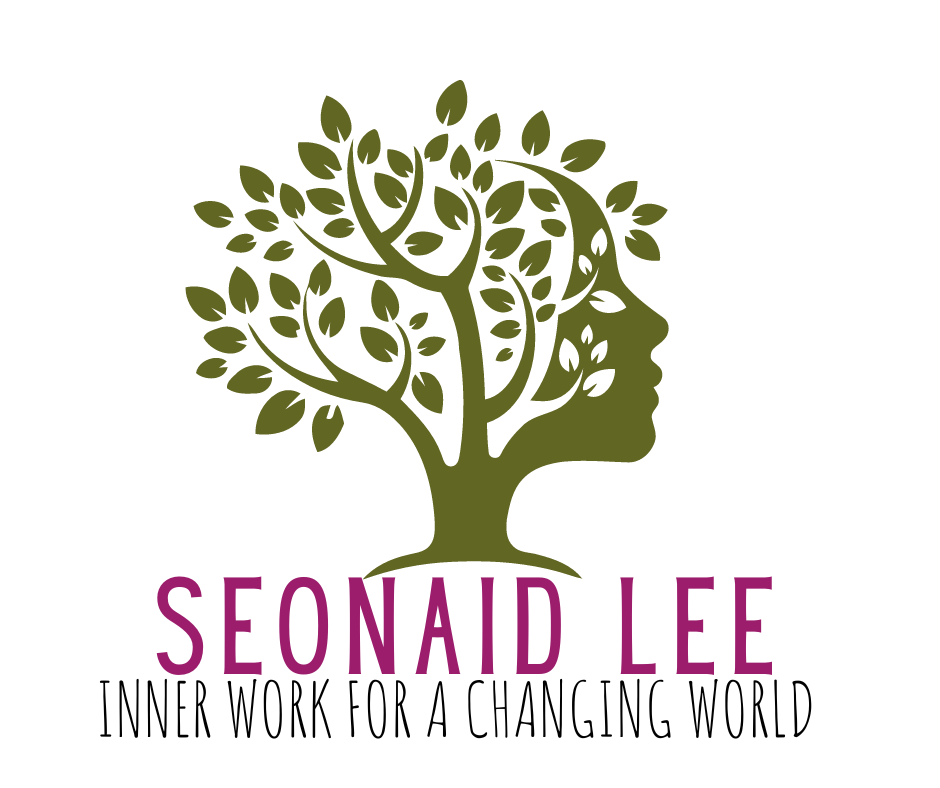-
8 Good Reasons to Help Build your Local Economy

(That aren’t carbon) I admit that I’ve been trying to frame this argument for months. I am going to publish this in the middle of the thinking, because I’d rather discuss the imperfectly formed ideas than hold onto them for another several months. I started a brief flurry of activity on LinkedIn last fall, recording…
-
Technology is not Science (II)

The anti-scientific core of the Techno-Optimist Manifesto. Technology as envisaged here asks what ONLY might be – disregarding what is.
-
A Better World

I have two main offers. On the one hand, I talk about tech ethics with companies and organizations. On the other, I do the foundational work of coming to terms with our places in the world. Here’s how those two things come together.
-
What Technology Does

We cannot do no harm. We can only be selective about what harm we do. Whose values and needs we prioritize, what systems of power we support and create, which injuries (to people, cultures, or environments) we accept and which we concern ourselves with.
-
Condensed Sunlight

We are condensed sunlight, breathing condensed sunlight, basking in (not condensed) sunlight, forged in cosmic fire, conversing with stars.
-
Is It Hard?

In an “Ask me Anything” moment recently, a friend asked me, “How hard is what you do?” “Hm,” I thought. “I wonder which part of ‘what I do’ we’re talking about here.” I decided to go with “Staying centred and optimistic in the face of… Everything.” Well… it was hard to learn. Actually, that’s not…
-
They Had Staff. We Have Technology.

They had staff, but we have technology. But we need to learn to make it work for us, instead of falling prey to other people’s priorities.
-
The Ira Glass Problem
The problem with being a perpetual learner in a rapidly changing world is that you are always keenly aware of how much you don’t know. You don’t know exactly what you’re missing, but you know that there is a world of knowledge out there, and that you have only scratched its surface. Four years ago, on my…
-
Everyday Chaos – A Book Review
Our existing processes and structures are not explicable, and… it is (perhaps?) unfair to demand that AI be more transparent than what we already have. But I still find myself wondering how complex we can allow systems to get and still expect people to be able to function in them.
-
What I Learned from Singing A Cappella
I sing in a small a cappella group at our local university. And by “small” I mean, “If one of the other women doesn’t turn up for rehearsal, I probably have to change parts.” I’ve been singing with this group for nearly six years, and we’ve got a repertoire of about… oh… 30 songs or…
-
Breadth or Depth-First?
In which I consider the problem of finding meaningful work, recognize its parallel in the startup world, and close some branches of exploration A couple of years ago I was looking for a central metaphor for a book I was working on about the problem of finding meaning in one’s life choices. My core question…
-
Motivation, Gold Stars, and Knowing Yourself
This week I’m talking about how to find the motivation to keep going with good habits… or maybe to get started in the first place. Confession Time I was surprised (and a bit embarrassed) to find that my meditation practice improved enormously after I started to use an app that gives me stars. There’s no…
